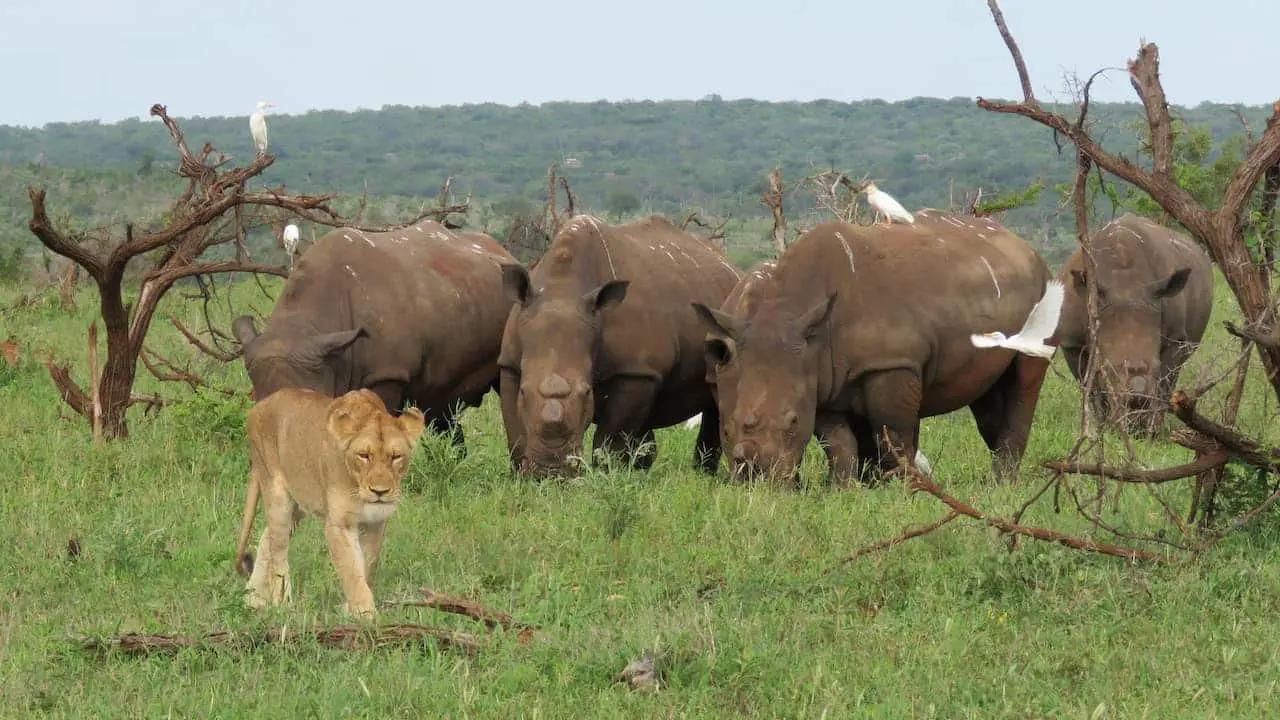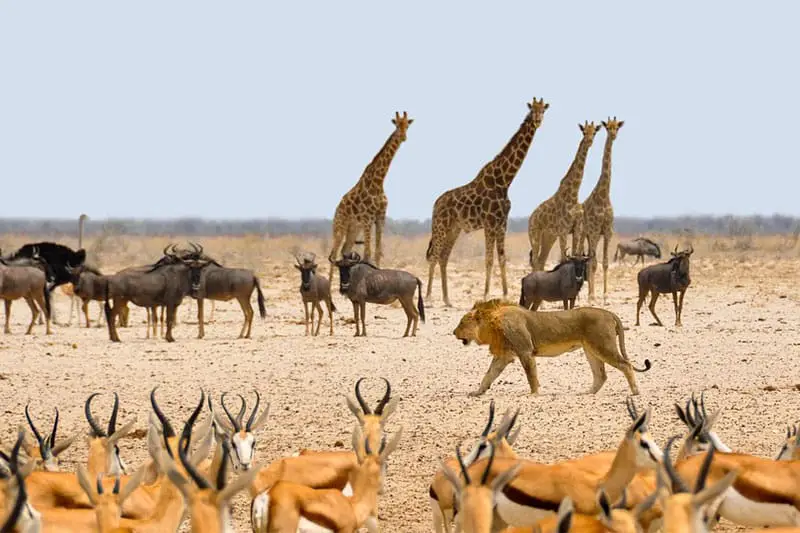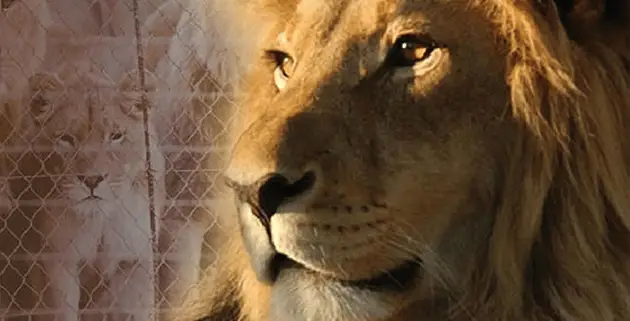Buffalo introduced for the first time at Zulu Rock Lodge
In a positive development for tourism and the ecology of the Babanango area of Zululand, Zulu Rock Lodge recently made history by introducing seven buffalo onto the reserve.
Zulu Rock, a beautiful 1,200-hectare private game reserve, is the first conservation area which will form part of the planned Babanango Game Reserve, a 22,000-hectare reserve comprised of protected community-owned land and various other game reserves. Introducing buffalo is the first major step towards establishing the Big 5 on the reserve, which is a very positive prospect for growing tourism to the area, creating jobs and ultimately helping the community.
“Buffalo are a good preparatory animal because you need a good fence, and now with the technology in place to track these buffalo we can start bringing in other high-value species,” said Jeffrey van Staden, Director of African Habitat Conservancy, the managing company behind Zulu Rock and Babanango Game Reserve.
The moving of game between reserves is a complicated logistical exercise which requires months of planning and preparation. The seven buffalo – one male and six females – were purchased from a reserve in Limpopo.

“It’s been a long process,” said Musa Mbatha, Reserve Manager of Babanango Game Reserve. “The Buffalo were caught and put into quarantine in a boma for six to seven weeks on the reserve we purchased them from, to ensure they were disease-free.”
It was key that the buffalo were disease-free, as it means there is no risk of them contaminating livestock owned by the surrounding communities or any other of the wildlife on the property.
“There’s a lot more to releasing buffalo than just bringing a truck in and opening the gates,” said van Staden. “We’ve had to get the fence ready to give them adequate enclosure. We needed to get the right technology in place in the form of trackers because buffalo are a high-value species. Releasing these seven buffalo is the culmination of many, many months of work.”
Seeing as the buffalo are young animals, they will bond quite quickly and make a family unit that will stick together for a long time to come.
“They will have their first calves here and spend the rest of their lives on the greater reserve. Generally, one can expect about twelve calves in the lifespan of a female buffalo. That’s what we are looking forward to – these buffalo are the beginning of many generations of buffalo on Babanango Game Reserve.” said Chris Galliers of Conservation Outcomes, which provides management support to the reserve.
The health of the herd will also be enhanced by genetic diversity, and plans are in progress to introduce a second herd from another reserve in KwaZulu-Natal within the year.
Whilst establishing buffalo is key for developing and growing tourism in the Babanango area, bringing the buffalo onto the property is also important for the ecological health of the reserve. These positive factors will only increase as the remainder of the Big 4 Game are introduced.
“Buffalo have not been part of the system for a long time, particularly on Zulu Rock where there are not enough bulk grazers. It’s about bringing balance to the ecology of the system, which has had an oversupply of concentrate grazers*” said Galliers.
* smaller animals weighing less than 200kg
“Guests at Zulu Rock Game Reserve can now enjoy the opportunity of viewing these beautiful animals on guided game drives, not to mention giraffe, zebra, kudu, nyala and some 400 recorded bird species,” concluded Galliers.





